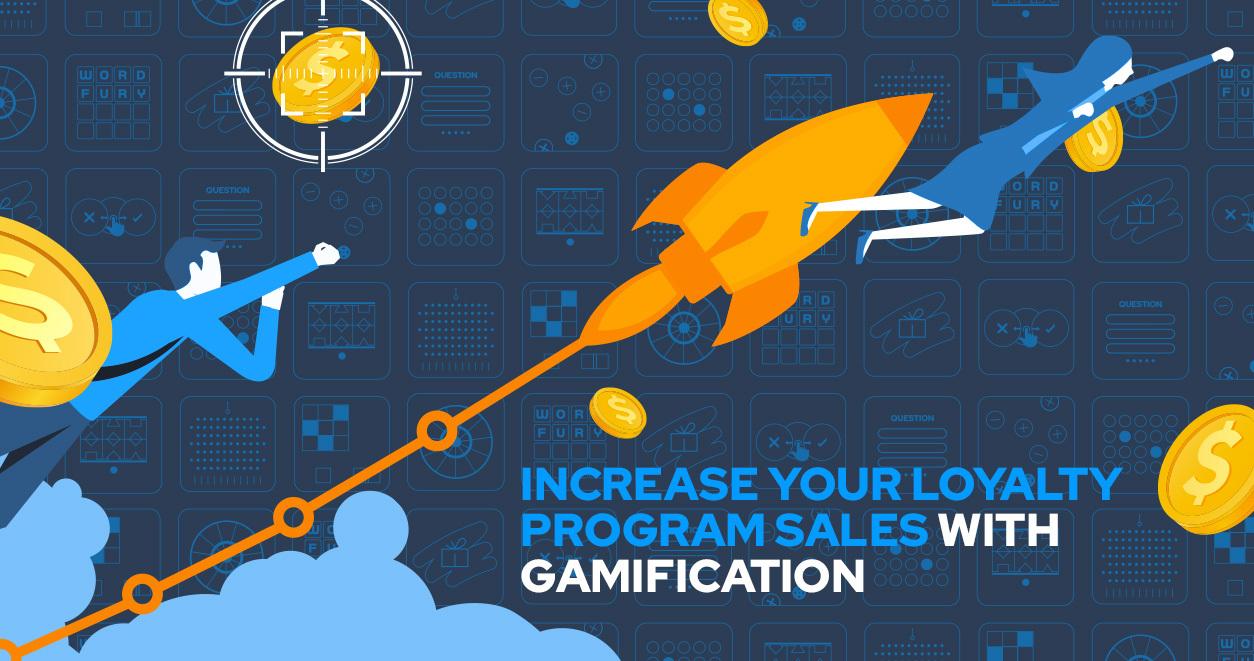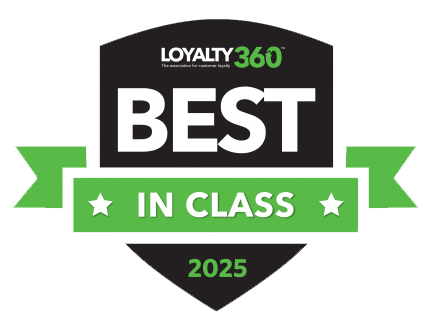Gamification is the use of gaming techniques to create an interactive experience that encourages participation, engagement & loyalty. Gamification is widely used to bolster the success of marketing efforts. HR teams now use gamification for onboarding, training, performance management, recruitment, and employee well-being. Gamification benefits employees by helping drive productivity and engagement, enhancing skill retention, and boosting overall job satisfaction.
11 Ways HR & Employees Can Benefit from Gamification
The benefits are clear: Gamification for employee engagement can lead to more motivated employees, better online reviews, and lower turnover rates.
Here are 11 gamification benefits for employees and HR departments that can improve everything from wellness to team unification.
1. More Qualified Hires: Whether you’re seeking a job or hiring for one, gamification makes the process more approachable for applicants and can reduce the hiring manager’s workload. By gamifying employee engagement from the recruitment stage, you can attract more enthusiastic and relevant candidates. Gaming can even be part of your employee recruitment strategy.
2. Higher Motivation: Gamification to motivate employees, especially Millennials who tend to gravitate toward gamification in organizations, helps them hit their targets and achieve their goals.
3. Improved Productivity: Gamification to improve employee engagement can also lead to enhanced productivity, especially with the support of instant feedback and clear goals. Sometimes, a carrot can quicken the pace of task completion, especially when the job is repetitive and mundane.
4. Job Satisfaction: Adding a level of playfulness to the workplace can help ease stress and encourage engagement, which can both help drive employee job satisfaction.
5. Employee Wellness: When gamification is used to encourage a healthy lifestyle, employees are happier both in the office and out. Gamifying employee engagement in wellness programs can lead to a more active and healthy workforce. Overall, the benefits include higher employee retention and reduced burnout.
6. More Fun: Games are fun! Employees really enjoy having a workplace that doesn’t take itself too seriously. Lower stress and greater employee happiness can lead to overall higher job satisfaction.
7. Sustainable Culture: Maintaining a consistent culture and brand is easier when employees are exposed to it through gamified training modules and practice scenarios.
8. Tighter Teams: Employees are much more loyal to a company when they feel like integral members of a team. Gaming together with the intent of winning tightens these bonds and encourages engagement at every level.
9. Higher Social Interaction: It’s common for happy employees to want to brag about their wins on social media. This public recognition of a game well played is extremely valuable to a company’s marketing efforts.
10. Better Online Reviews: Don’t be surprised when you receive more positive reviews after implementing gamification for employee engagement. Why? Because employees who are engaged understand how to engage their customers, offering them a higher level of service.
11. Lower Turnover Rate: Between getting more qualified hires, having a strong company culture, and fostering loyal employees, all the benefits of gamification combine to help lower an organization’s turnover rate.
Top Gamification Benefits for Employees
- Increased engagement
- Higher motivation
- Boosted productivity
- Better skill development
- Improved knowledge retention
- Greater teamwork
- More enjoyable work environment
- Higher employee retention
How Gamification Works for Employees
- Progression systems
- Instant feedback
- Rewards and recognition
- Team challenges
CataBoom supports HR teams with employee onboarding quests, gamified training modules, internal challenges, and performance-based reward systems.
Gamification in HR: Examples
You want to see real examples of gamification in HR, and we can’t blame you because gamification at work can go very wrong if the game is not designed well.
Mike Brennan, President and Chief Service Officer at Leapgen (a digital transformation company and HR consultancy) advises, “A lot of this comes down to who are you designing the game for, what is the logic, what are the themes, what is the tone of the game, and is it appropriate for the target population? The answers to those questions are going to be different depending on the scenario, the behaviors you are trying to drive and, most importantly, the people who are involved.”
Well-designed gamification in HR examples can include:
- Building HR analytics
- Showing realistic job previews
- Giving virtual office tours
- Testing skills in strategic multiplayer scenarios
When designing gamification activities, it can be helpful to allow for these beneficial characteristics:
- Turn tedious tasks fun
- Assign the right degree of difficulty
- Give everyone a chance to win
- Have the option to allocate winnings to charity
- Adhere to company values and branding purposes
Example of Gamification in Hiring
Kick’s Shoes has really taken off, thanks to a social media campaign that went viral on TikTok. Customers are pouring in every day, and the HR department needs to add over a dozen employees to their roster—fast.
They decided to sprinkle gamification elements throughout their hiring process to attract the most enthusiastic and relevant candidates to represent their young and growing brand.
One major change they made was to replace the application process with a game. By gamifying employee engagement from the very beginning, candidates no longer have to write and upload boring resumes that are hard to sort through and evaluate. Instead, candidates play a game that requires some effort and commitment to complete.
The game:
- Shows off Kick’s culture
- Is geared toward the open position
- Tests certain skills that are required for the job
- Helps to identify transferable skills
- Assesses the ability to adapt to new circumstances
- Works to build diverse teams
- Reduces the time to hire
In the end, Kick’s Shoes was able to quickly get people in place so order fulfillment and customer service could continue without a hitch while their branding and culture remained intact.
CataBoom’s Gamification Platform for HR Professionals
The value of the worldwide gamification market has jumped from less than $5 billion in 2016 to almost $12 billion in 2021—and for good reason. Time and again, organizations are seeing a very high ROI on engagement and gamification platforms like CataBoom.
CataBoom is trusted by some of the largest and most respected brands in the world. If you want to join the likes of Samsung, T-Mobile, Warner Bros., Kellogg's, and PepsiCo, schedule a demo now! Explore how your HR team can use gamification to benefit employees!








